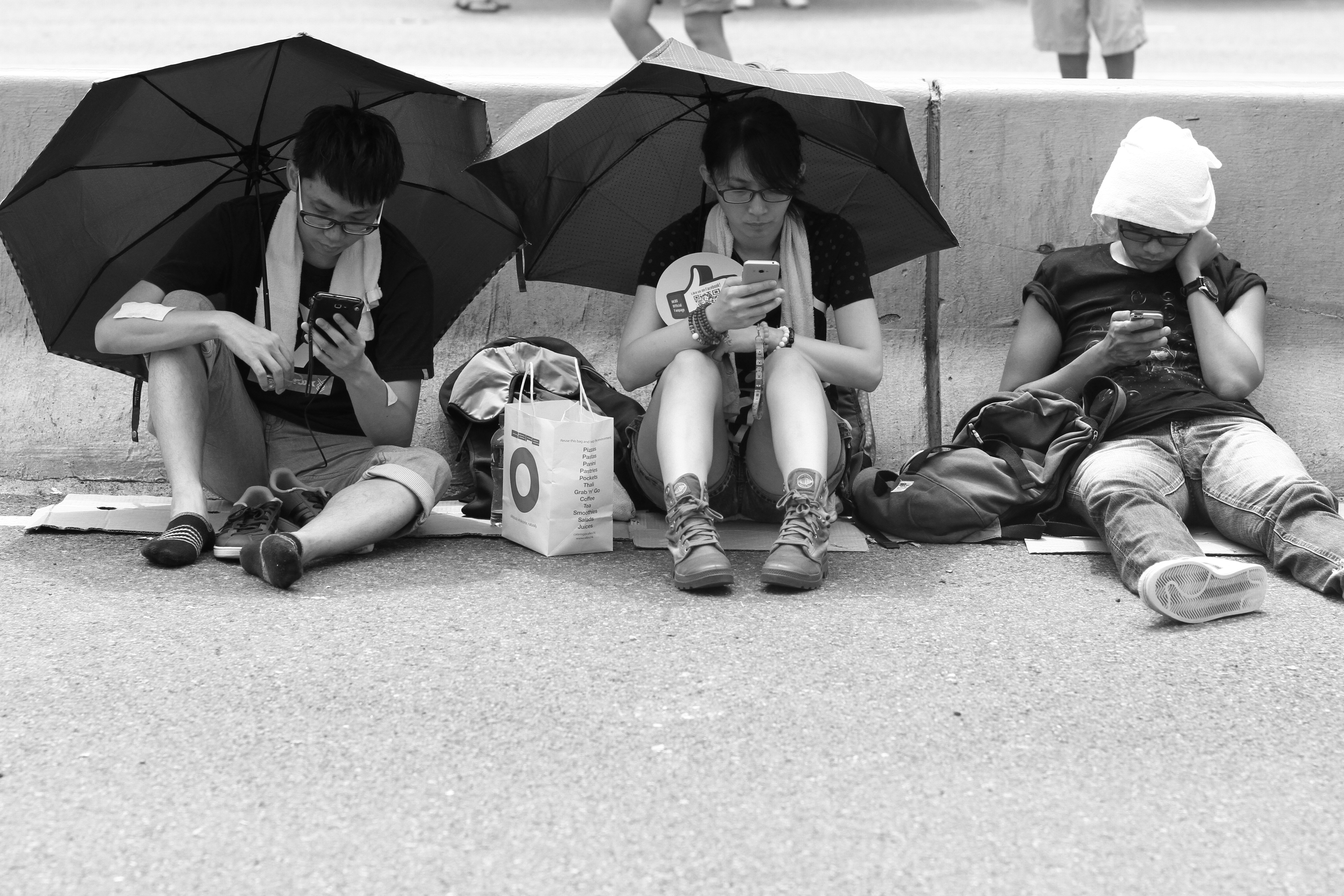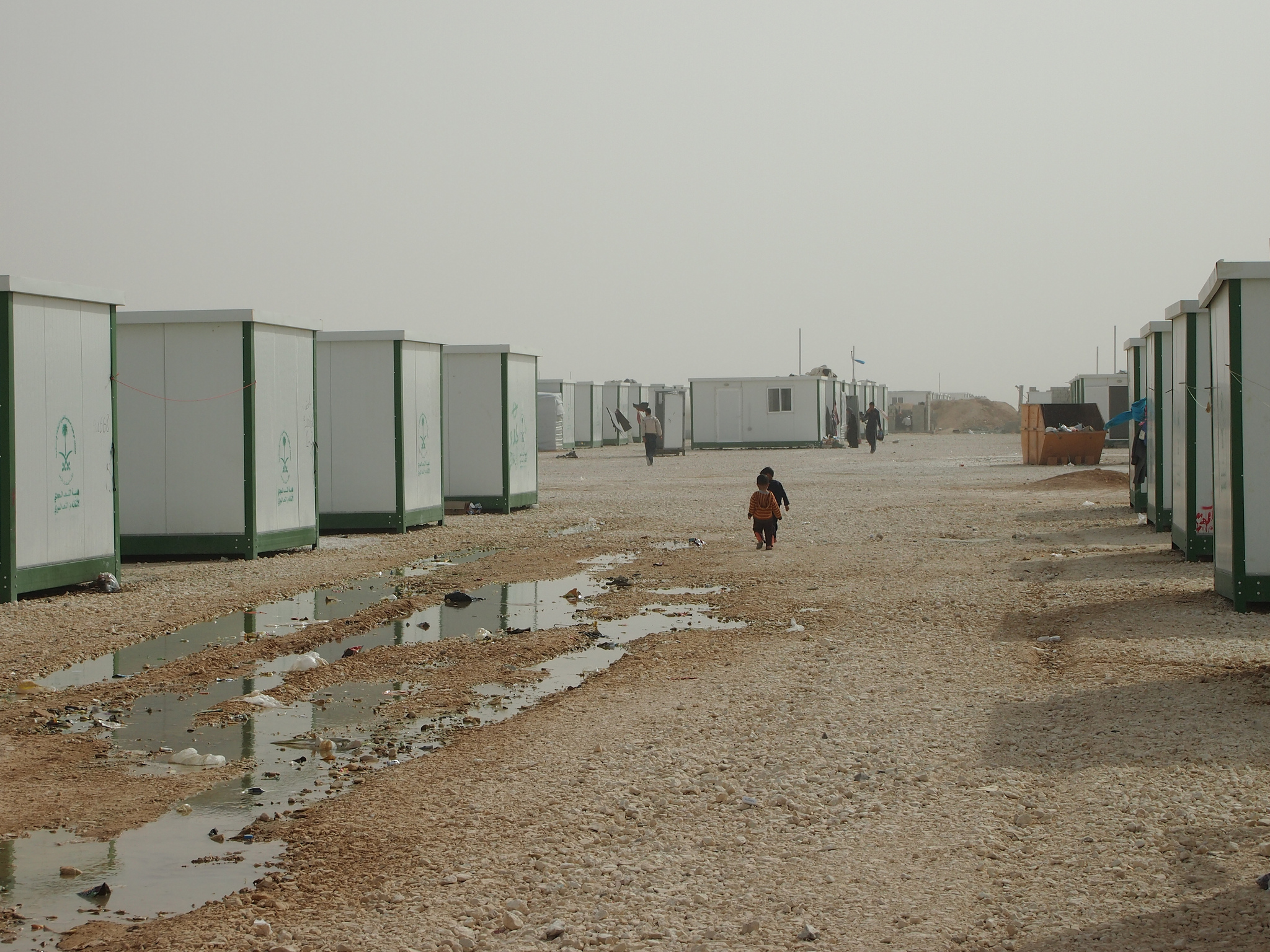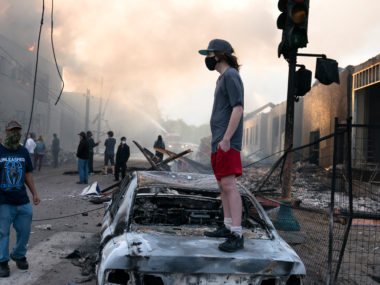Guest post by Karen Bodnaruk Jazayeri

The rise of the Islamic State, supported by Iraq’s politically marginalized Sunnis, has reminded us of the importance of political discrimination of ethnic and religious groups in causing conflict. Sadly, the relationship between political discrimination and violence is not limited to ISIS. In hindsight, it is apparent that during the Arab Spring many states with large populations of politically discriminated ethnic and religious groups experienced greater counts of protest and an increased probability of revolution. In Bahrain, the politically marginalized Shia raged against the Sunni monarchy; in Libya, the politically subordinate tribes initiated the rebellion in Cyrenaica; in Yemen, marginalized tribes protested against the regime; and in Saudi Arabia, the Shia protested against the monarchy.
The frequent juxtaposition of ethnic discrimination and mobilization has prompted scholars to ask how political discrimination creates grievances that result in conflict. Studies of this process mostly focus on civil war.[1] Yet, while this research helps us understand why aggrieved populations engage in violent conflict, fewer studies help us understand why groups engage in protest. In addition, with so much attention focused on the Middle East and North Africa (MENA), does the region stand out as exceptionally prone for conflict? In a forthcoming article in Conflict Management and Peace Science, I address both of these topics. I argue that in MENA political discrimination of ethnic and religious groups encourages marginalized groups to engage in nonviolent and violent protest. I then show that this relationship results in more conflict in MENA than other regions of the world. Sub-Sahara Africa is also conflict prone; yet, event counts are lower than in MENA.
Existing research suggests that political leaders rely, to varying degrees, on the exploitation of ethnic and religious groups to solidify power. For example, in Iraq, Saddam Hussein combined family – centered rule with patronage that permeated Iraqi society. The Shia were systematically under-represented and excluded from legitimate government structures. In Libya, Gaddafi formed alliances with three tribes. In return for their support, these tribes received key roles in police, military, government, and intelligence. Favoritism became a cause of grievance for excluded tribes.
In different countries, the specific institutional mechanisms at play are quite different. Groups with blocked or restricted access to legitimate decision-making authority within the state result in group-level inequalities and grievances.[2] Politically discriminated groups by definition lack institutional representation and as a result receive an unequal share of resources. In addition, some aggrieved groups do not have institutional access to resolve their inequality. Protest becomes the viable option for coordinated groups of likeminded people to express their grievances. Thus, when a greater percentage of a state’s population consists of politically discriminated ethnic and religious groups, I expect higher counts of protest.
My empirical analysis in the years 1960 to 2011 supports these contentions. A careful analysis of these data – see the article for a summary – suggests several interesting patterns. First, in a study of MENA, I find that in states with extremely high levels of ethnic political discrimination there are, on average, approximately 4.3 additional nonviolent protests and 22 additional violent protests.[3] The remarkable increase in protests is particularly important in violent protest, which can have significant destabilizing effects on regimes and the general population.
Is the Middle East ‘exceptional’ in terms of the relationship between political inequality and protest? In a global analysis of 142 countries, MENA does not stand out as the most exclusionary. That title goes to South Asia and this region is only one percentage point higher than Sub-Saharan Africa. However, MENA is ‘exceptional’ in terms of the relationship between ethnic and religious political discrimination and protest. In terms of counts of protest, MENA stands out as a more conflict prone region, which is slightly higher than Sub-Sahara Africa. Counts of nonviolent protest in MENA are 200% higher and violent protests are approximately 20% higher than in similar situations in Sub-Sahara Africa.[4]
MENA is a region of the world where political discrimination of ethnic groups relates to greater amounts of nonviolent and violent protest. I do not dispute that leaders across the world discriminate against ethnic and religious groups, but there is something inherent in MENA that makes this dynamic more volatile. One possible explanation for this phenomenon is that the Middle East is unique in its concentration of authoritarian regimes and these political systems are more able to control political access. Perhaps, the confluence of religion, ethnic favoritism perpetuated from the colonial period, and incomplete development of the nation-state, contribute to the salience of political marginalization and conflict. While the above explanations are speculative, it is clear from the results that political inequalities have a disproportionate influence on nonviolent and violent protest in the Middle East and North Africa.
More than four years after the start of the Arab Spring, the region is rife with conflict. Resolving political exclusion could help solve some of the seemingly intractable instability.
Karen Bodnaruk Jazayeri is a PhD candidate in the Department of International Affairs at the University of Georgia.
[1] There is a large body of literature addressing grievances. Gurr, T (1970) Why men rebel. Princeton N.J. Princeton University Press; Wimmer A, Cederman LE, and Min B (2009) Ethnic politics and armed conflict: a configurational analysis. American Sociological Review 74 (2): 316-37.
[2] Stewart F (2008) Horizontal inequalities and conflict: an introduction and some hypotheses. Page 13. In: Stewart F. (eds) Horizontal Inequalities and Conflict: Understanding Groups Violence in Multiethnic Societies. Houndmills, UK: Palgrave Macmillian, pp. 3-24.
[3] This sample includes twenty-one states in the region.
[4] Sub-Sahara Africa is the closest rival to MENA. Other regions do not provide as near a robust relationship.








1 comment
Did your analysis factor in levels of outside interference? Foreign aid, military sales and training, and support of sectarian groups and armed factions by foreign powers would surely exacerbate and magnify existing tensions.